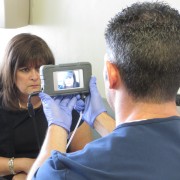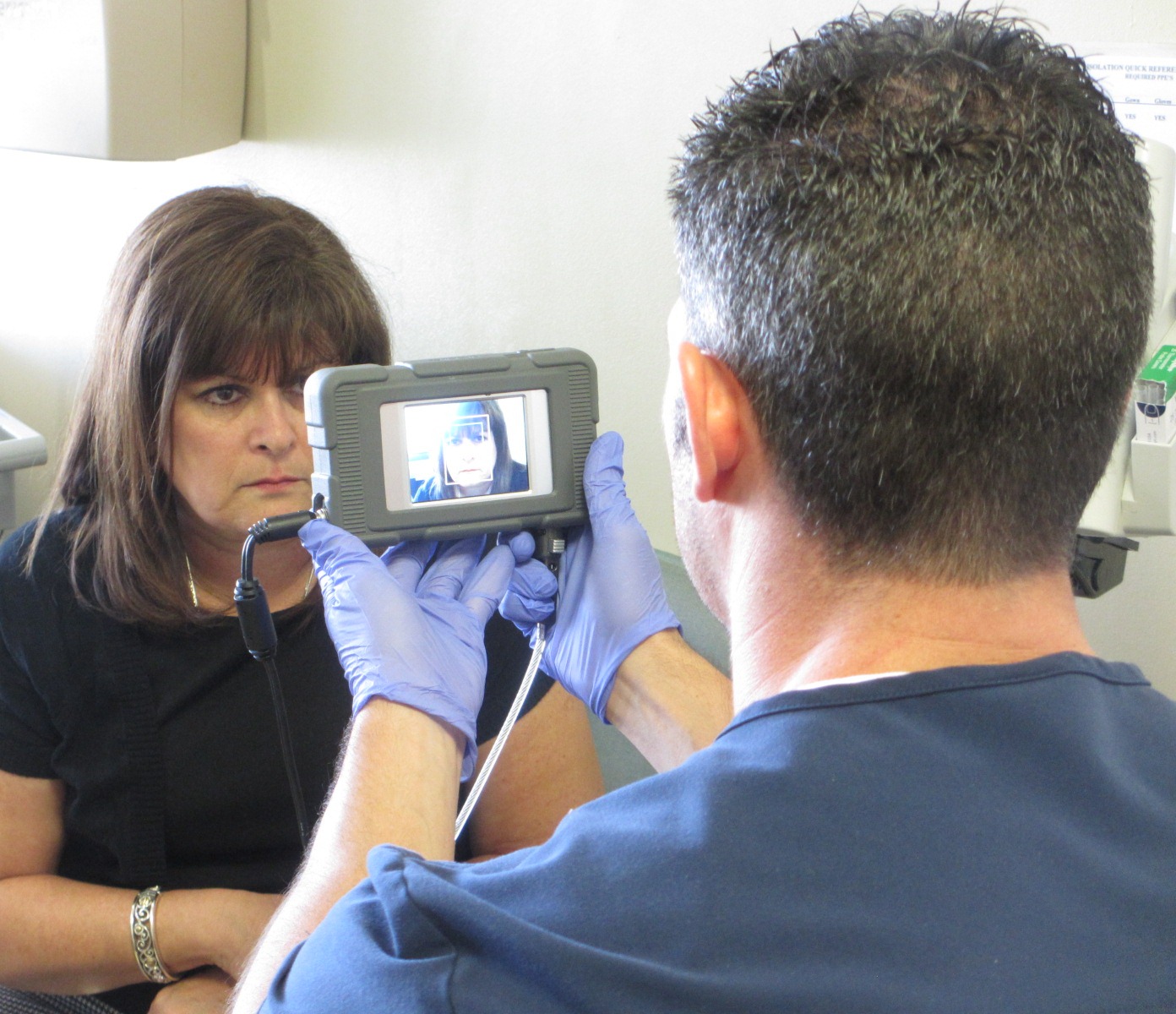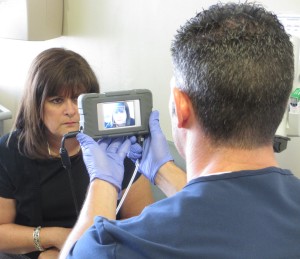Identify Unconscious, Unknown Patients with Biometric Identification Technology

Unconscious, unknown patients pose a serious threat to patient safety
It’s 4:00 am and things are quiet in the ER. Patient traffic has slowed to a trickle, clinicians are busy treating existing patients, and support staff is completing paperwork and administrative tasks during the downtime. Suddenly, you get a fervent call that paramedics are en route to your facility with an unconscious, unidentified trauma patient, spitting out their vital signs and condition while the clinical staff leaps into action to prepare for their arrival. The ambulance roars into the ED bay with wailing sirens and flickering lights, the ED doors swing open, and the patient is quickly ushered in on a stretcher and into an exam room for immediate treatment.

Did you know that not all biometric patient identification technologies have the ability to identify unconscious, unknown patients?
Dealing with unconscious patients in a hospital environment can be a dangerous event. Each facility has its own protocol for identifying unknown emergency room patients that usually involves assigning the patient an identification tag with a hospital number or medical record number, but the dangers and risks of treating a patient with no identification rise precipitously in the absence of any formal identification credentials. Unanswered questions about their past medical history is a significant risk and pose a direct threat to patient safety.
Using biometrics to identify unconscious patients
What if there was a way to identify an unconscious patient and quickly access their medical history prior to treatment? Thanks to the increasing adoption of biometrics for patient identification, many hospitals are now equipped with a way to quickly and accurately identify unconscious patients through a fast biometric scan.
What’s important to know however is that unfortunately, not all biometric patient identification technologies have the ability to identify unconscious, unknown patients contrary to the widespread belief that they can.
Why? Biometric patient identification technologies are not all cut from the same mold and while some do indeed contain the ability to identify unconscious patients, back-end search capabilities limit others from being able to do so.
What’s often misunderstood about using biometrics for patient identification is how the back end search technology actually determines a patient’s identity. To illustrate, let’s take 2 examples of patients who walk into two different hospital ED departments – one that uses palm vein biometrics for patient identification and the other that uses iris recognition.

- Scenario #1 – John Doe steps through the doors of hospital A’s ED department and approaches the registration counter. A patient access coordinator asks the patient for their date of birth and then instructs them to place their hand on a palm vein reader which verifies their identity and then displays the unique medical record that has been linked to their biometric credentials. This search methodology is referred to as “1:Few segmented identification” which compares a captured biometric template against a portion of the total biometric database. Prior to capturing John Doe’s biometrics, a credential needs to be provided prior to the biometric scan to determine which templates should be compared against. The biometric system would then compare the captured template against only those templates that share the same birth date.
- Scenario #2 – Jane Doe arrives at hospital B’s ED and is greeted by the patient access coordinator. Without asking any questions, Jane’s picture is taken with an iris camera that subsequently confirms her identity and pulls up the medical record that has been linked to her biometric credentials. This biometric matching type is referred to as “one-to-many identification” (1:N) which compares Jane’s captured biometric template against all stored templates. No other information is required besides the biometric scan.
1:N matching does not require patients to provide an identity credential prior to performing a biometric scan which means that if an unknown, unconscious patient arrives at a hospital their identity can be quickly and accurately determined, even if they can’t speak.
One to many searches are the only way to identify unconscious patients
Now imagine John Doe arriving at hospital A unconscious without any identification. If the hospital is using palm vein biometrics for patient identification, how will John be able to provide his birth date prior to someone placing his hand on the palm vein reader? The answer is that he can’t, rendering the system ineffective for identity verification on the unconscious, unidentifiable patients.
If Jane Doe was unconscious and arrived at hospital B who uses iris biometrics for patient identification, clinicians could gently raise her eyelids, take her picture with an iris camera and instantly determine her identity without requiring any additional information.
Understanding the functionality of back end biometric searches can help guide healthcare facilities in the right direction prior to adopting the technology if the identification of unconscious, unknown patients is important.
Learn more about the advantages of deploying a biometric patient identification system to increase patient safety through the “Resources” section of our Web site.







